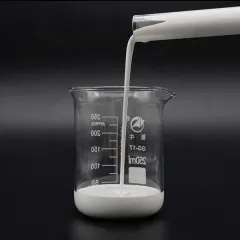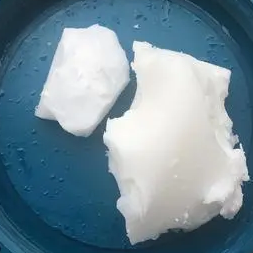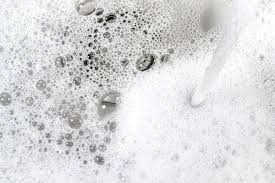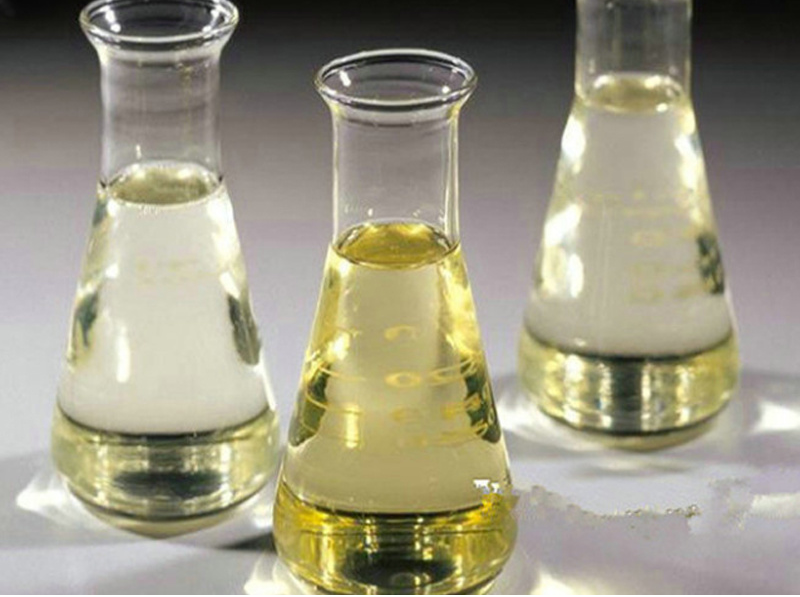**The Sudsy Truth: Is Castile Soap Really a Surfactant?**
(Is Castile Soap A Surfactant)
Ever stare at that bottle of Castile soap and wonder what makes it clean? We toss around words like “natural” and “gentle,” but what about “surfactant”? Sounds like a science lab term. Is Castile soap actually a surfactant? The answer is a definite yes. Understanding this changes how you see this humble cleaner. Let’s dive into the bubbly science behind it.
**1. What Exactly is a Surfactant?**
Surfactant. It’s a mouthful. It stands for “surface-active agent.” Think of it like a tiny bridge builder. Water and oil hate each other. They refuse to mix. Dirt and grease cling to surfaces. Surfactant molecules fix this. One end loves water. The other end loves oil and grease. When you add a surfactant to water, these molecules get to work. They surround dirt and oil. The oil-loving end grabs onto the grime. The water-loving end faces outwards. This creates little packages called micelles. Now the grime is trapped inside, surrounded by water-loving ends. Water can rinse it all away easily. Surfactants make water “wetter.” They reduce its surface tension. This lets water spread out and penetrate fabrics or surfaces better. Soaps, detergents, shampoos – most cleaners rely heavily on surfactants. They are the magic behind the suds.
**2. Why Castile Soap Qualifies as a Surfactant**
Castile soap earns its surfactant badge honestly. Its power comes from its core ingredient: vegetable oils like olive, coconut, or hemp. Making Castile soap involves a chemical reaction called saponification. Mixing these oils with a strong alkali, like lye, transforms them. The result? Fatty acid salts. These salts are the active surfactants in Castile soap. They possess that classic surfactant structure. One part of the molecule is hydrophilic. It attracts water. The other part is hydrophobic. It repels water and attracts oils and fats. When you use liquid Castile soap, these fatty acid salt molecules do exactly what surfactants do. They lower water’s surface tension. They emulsify oils and grease. They lift dirt away from surfaces. They form micelles to trap the grime. The suds you see are a visible sign of this surfactant action. Pure Castile soap doesn’t contain synthetic detergents. Its cleaning power comes entirely from these natural saponified oils. This natural origin makes it a popular choice. It remains a potent, plant-based surfactant.
**3. How Castile Soap Works Its Cleaning Magic**
So, Castile soap is a surfactant. How does this translate to cleaning your dishes, floor, or hair? Let’s follow the soap molecule. You add Castile soap to water. The hydrophobic tails immediately try to escape the water. They latch onto any oil, grease, or dirt particle they find. The hydrophilic heads stay happily in the water. This action breaks up the oil or grease into tiny droplets. The soap molecules surround each droplet. The hydrophobic tails point inwards, holding the grease. The hydrophilic heads point outwards, interacting with the water. This forms a micelle – a tiny bubble of grease trapped inside a soap molecule shell. These micelles float freely in the water. They don’t clump back together. The water can now carry them away when you rinse. Castile soap also disrupts the surface tension of water. Normally, water beads up. With soap, water spreads out. It can wet surfaces more thoroughly. This allows the soapy solution to penetrate fabric fibers or cling to dirty surfaces better. Friction helps. Scrubbing loosens dirt. The soap molecules grab it and encapsulate it. Rinsing washes the micelles away. That’s the surfactant power of Castile soap in action.
**4. Practical Applications of Castile Soap Surfactant**
Knowing Castile soap is a powerful, natural surfactant opens doors. Its versatility is impressive. Here’s where it shines:
* **Body & Hair:** Diluted Castile soap makes a gentle body wash or shampoo. It cleans without harsh synthetics. Its surfactant action removes oils and dirt effectively.
* **Hands:** A staple as a liquid hand soap. It cuts through grease naturally. It rinses clean.
* **Dishes:** Excellent for hand washing dishes. It tackles grease on pots and pans. Dilute it properly to avoid residue.
* **House Cleaning:** An all-purpose cleaner superstar. Dilute it in water for countertops, floors, sinks, and tiles. Its surfactant power lifts grime. Add vinegar for extra shine on glass.
* **Laundry:** Works well for hand washing delicates or making your own laundry detergent paste. It cleans fabrics effectively. Rinse thoroughly.
* **Pets:** Safe for bathing dogs when diluted correctly. Always check with your vet first.
* **Gardening:** A diluted spray can deter soft-bodied insects like aphids. The soap disrupts their cell membranes. Test on plants first.
* **Fruit & Veggie Wash:** Helps remove waxes and residues from produce. Rinse well afterwards. Remember the golden rule: dilution is key. Pure Castile soap is concentrated. Using it full-strength often leaves a film. Always dilute according to the task. Test it on surfaces first. Its natural surfactant power makes it a multi-tasking hero.
**5. Castile Soap Surfactant FAQs**
Let’s tackle common questions about Castile soap as a surfactant.
* **Is Castile soap a detergent?** Technically, “detergent” often means synthetic surfactants. True Castile soap uses natural saponified oils. So, it’s a soap-based surfactant, not a synthetic detergent. Many commercial “soaps” are actually detergents.
* **Why does it leave a film sometimes?** Hard water is the usual culprit. Minerals in hard water react with the soap. This forms soap scum. Using too much soap without enough rinsing also causes buildup. Dilute properly and rinse well.
* **Is it safe for all surfaces?** No. Avoid using it on unsealed stone, marble, or waxed wood. The soap can damage these materials over time. Test on a small hidden spot first.
* **Can I use it in my washing machine?** Use caution. It can create excessive suds in standard machines. This might cause overflow. It can also contribute to buildup over time. Some HE washers handle it better. A tiny amount in the drum *with* regular detergent might work. Research specific recipes.
* **Does it kill germs?** Castile soap is a cleaner, not a disinfectant. Its surfactant action physically removes germs from surfaces. This washes them away. It doesn’t necessarily kill germs on contact like bleach. For disinfection, use a separate product after cleaning.
(Is Castile Soap A Surfactant)
* **Is it really biodegradable?** Yes. Because it’s made from plant oils and lye, it breaks down naturally. This makes it an environmentally friendly surfactant choice.
Inquiry us
if you want to want to know more, please feel free to contact us. (nanotrun@yahoo.com)




